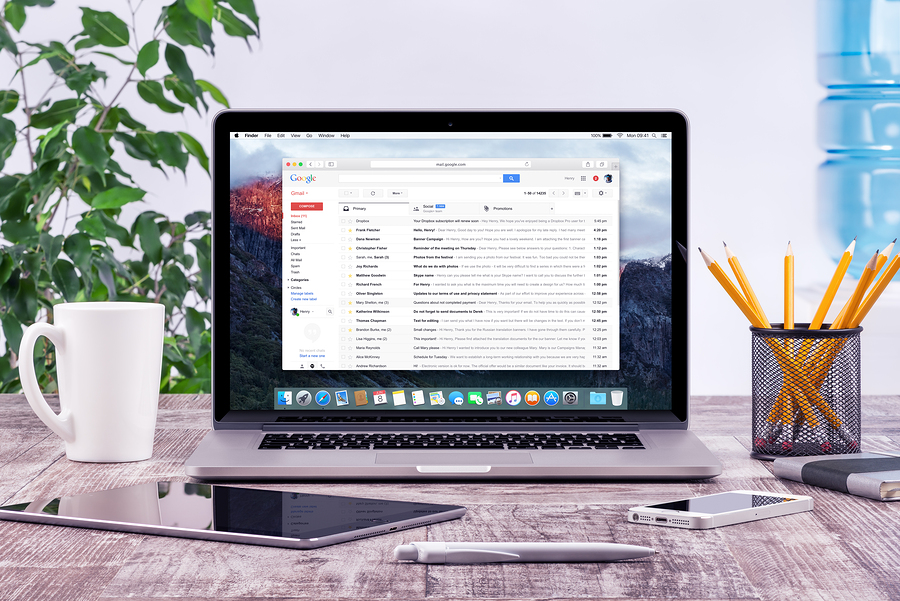Effective Email Management

28 Aug 2017
Effective Email Management
Keeping up with the daily onslaught of emails is a major challenge for most of us, both personally & professionally. The following tips will help you manage the daily flow of emails:
- Create an electronic filing cabinet, much like the physical cabinets you have, with electronic folders for category names.
- Once emails have been read and responded to (if an action is required), move the email from your inbox to your storage folders. This makes it easy to track which emails still need an action. Many companies impose limits on “inbox” size. By moving your mail out of your inbox to a personal folder, an added benefit is that the restriction on size will not interrupt your day at precisely the moment you need to send an email.
- If your email program includes previous email content for that email string when replying, be sure to delete earlier versions of the string to avoid redundant emails filed. This makes it much easier to find the latest copy in the string when searching later.
- If your email has an attachment file, detach and save it as a file in your electronic filing system for future reference, so you won’t have to go searching through your emails to find the file later. Relying on email subject headings can create a time consuming search for the file later.
- If you frequently send the same type of email, save a copy as a draft or template that you can reuse over & over (changing the specifics such as name, date and amount for each email).
- If a document is available electronically, but you refer to it frequently, print it and keep it in a hanging file or on your desktop.
- Every few months, set aside some time to go through your folders and delete emails no longer needed. This will save disk space and make your searches more streamlined.

